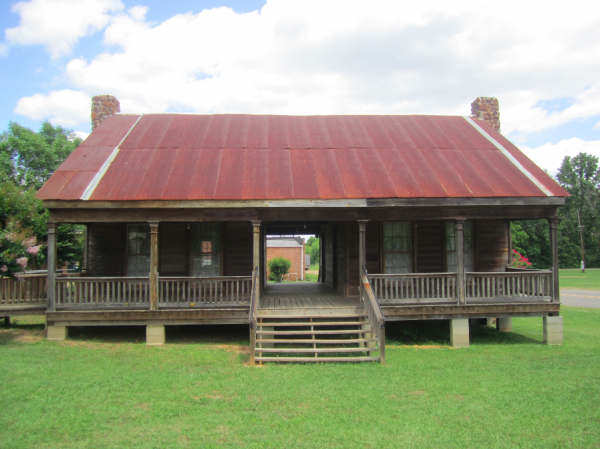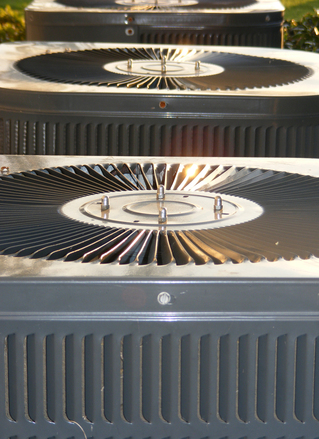Have you ever wondered how buildings were kept cool before air conditioners? It had a lot more to do with the shape of the building than anything else. The architect would try to reduce the amount of heat that entered the building and then maximize the natural airflow to bring in fresh air.
The easiest way to reduce heat entering a building on a summer day was to shade the building as much as possible. For buildings in the country this meant planting trees to shade the roof and walls. Large wraparound porches would shade windows to keep the sun from streaming in. Builders didn’t have access to wall insulation like we do today, but walls could be built especially thick and may even include an air cavity to slow down heat transfer. Buildings could even be built partially into a hill to take advantage of the cooler temperatures found underground.
Even with the above strategies in place, it was going to get hot and stuffy in any building. To alleviate this, the building must be built to facilitate airflow. The most common solution was to make sure that all rooms had operable windows on both sides allowing for a cross-draft. This is where you gets designs like the shotgun house or a house with a dogtrot (an outdoor hallway down the center as pictured above). Wrap-around porches served another purpose here by allowing windows to stay open even when it was raining. More advanced designs for multistory buildings would include a central atrium with a cupola at the top to utilize the chimney effect (hot air rises) and induce a draft in the building.
Watch for these cooling strategies the next time you visit a historical home or building. Some, like natural ventilation, may not be in use anymore but others still drive our design decisions today. Whether its sealing the building, replacing windows or swapping out hot incandescent lights for cooler LED lights, reducing the heat load into a building remains one of the best ways to save money. If you own a building that has high energy costs, consider having an energy audit completed to identify ways you can save money by saving energy. Contact us today and we’ll be happy to take a look.




